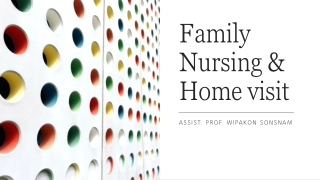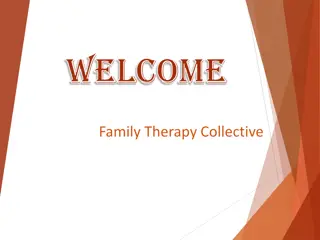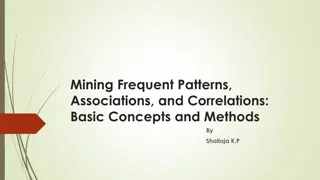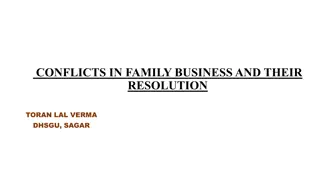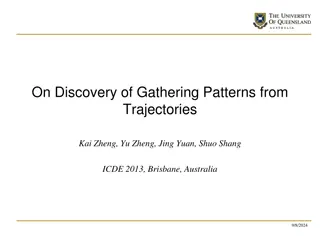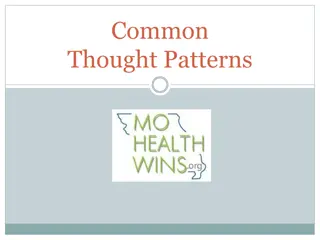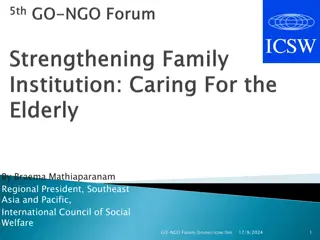
Impact of Changing Family Structures on Marriage and Cohabitation in the UK
Explore the factors influencing the decline in marriages and the rise of cohabitation in the UK, including improved contraception, societal attitudes, and same-sex partnerships. Delve into the effects on family structure due to declining first-time marriages and increasing re-marriages. Discover the reasons behind the choice to cohabit and the impact of same-sex partnerships on population demographics and family types.
Download Presentation

Please find below an Image/Link to download the presentation.
The content on the website is provided AS IS for your information and personal use only. It may not be sold, licensed, or shared on other websites without obtaining consent from the author. If you encounter any issues during the download, it is possible that the publisher has removed the file from their server.
You are allowed to download the files provided on this website for personal or commercial use, subject to the condition that they are used lawfully. All files are the property of their respective owners.
The content on the website is provided AS IS for your information and personal use only. It may not be sold, licensed, or shared on other websites without obtaining consent from the author.
E N D
Presentation Transcript
Why might improved contraception also contribute to a decline in marriages? The 2000 British Social Survey Attitude shows the following . 9% of the population agreed that there is no point in marriage .. http://t2.gstatic.com/images?q=tbn:LlgGd7JlzwFUSM:http://www.oceancityweddingminister.com/Marriage%2520Certificate.JPG 75% disagreed with this.
What effect might declining (first time) marriage have on family structure within the UK? What effects does an increase in re-marriage have on family structure in the UK?
There are over 2million cohabitating couples in Britain Why might people choose to cohabit?
Another major contributing factor to the decline in Marriage (& increase in cohabitation) is the increasing numbers of same-sex partnerships . Sheffield Telegraph: Martin Loxley, partner and head of family law at Irwin Mitchell Sheffield.
Stonewall (2008): The campaign for lesbian, gay & bisexual rights estimates that around 5 7% of the adult population have same-sex relationships. http://t1.gstatic.com/images?q=tbn:It8x11GZRp0FDM:http://www.gaylife.org/wp-content/uploads/2009/06/Human-Rights.jpg 1967: Male homosexual acts were decriminalised for consenting adults over 21 years-old. 2002: Cohabiting couples given same rights as married couples to adopt. 2004: Civil Partnerships Act gives same-sex couples SIMILAR rights to married couples.
Jeffrey Weeks (1999) sees the growing normality of Fictive families as a reason for the increase in same-sex families i.e. that families can be based on friendship ties rather than blood ties. Kath Weston (1992) supports this view by suggesting that quasi- marriages are becoming recognised by society as an alternative form of partnership. What impact might the increase in same-sex partnerships affect population demographics and family types?
= + + (2006) 3 out of 10 households contained only one person (3 x more than 1961) + Explain, Analyse & Evaluate! http://t3.gstatic.com/images?q=tbn:v3hrSQrSnspBKM:http://www.brad.ac.uk/acad/ssh/staff/departmental/duncan_s/picture.jpg Duncan & Phillips (2008): 1 in 10 people are Living Apart Together (LATs)

